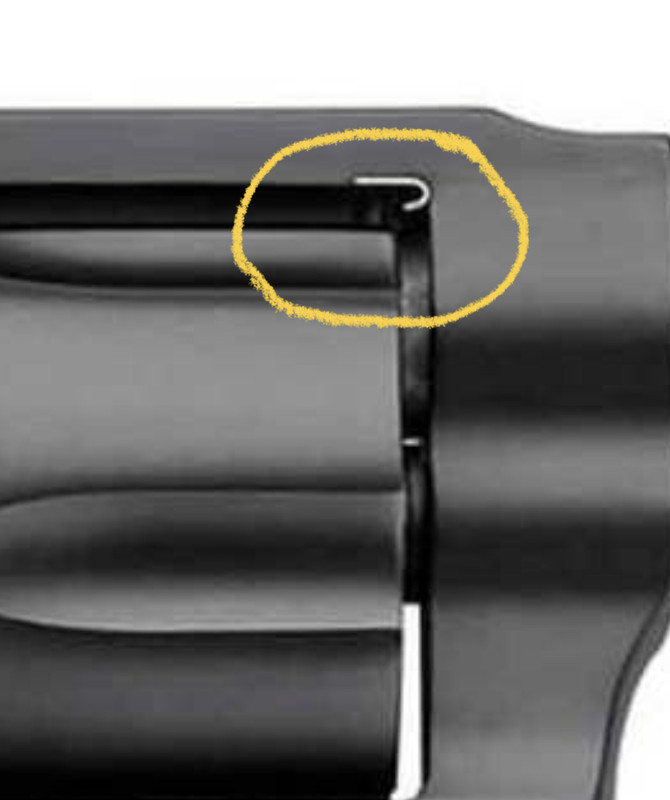1972RedNeck
New member
I picked up several hundred 110 grain Hornady XTP for my 357 for dirt cheap. I never shoot anything that light from my 357 as I don't want any flame cutting.
Can I load them light enough in 357 brass (don't have any 38 special brass) to not get any flame cutting? My Lyman book says 7.4 grains (suggested starting) of Unique will be under 1100 fps - is this a light enough load to not flame cut? How much lower can I go with unique? This will just be for practice/plinking rounds.
I only have magnum pistol primers as well and haven't been able to find regular small pistol primers - will they work if I drop a couple tenths of a grain of powder out to make up for the hotter primer?
Will any of this work or should I just give the 110 grain bullets to someone else and stick with my full house 158 grains?
Can I load them light enough in 357 brass (don't have any 38 special brass) to not get any flame cutting? My Lyman book says 7.4 grains (suggested starting) of Unique will be under 1100 fps - is this a light enough load to not flame cut? How much lower can I go with unique? This will just be for practice/plinking rounds.
I only have magnum pistol primers as well and haven't been able to find regular small pistol primers - will they work if I drop a couple tenths of a grain of powder out to make up for the hotter primer?
Will any of this work or should I just give the 110 grain bullets to someone else and stick with my full house 158 grains?

